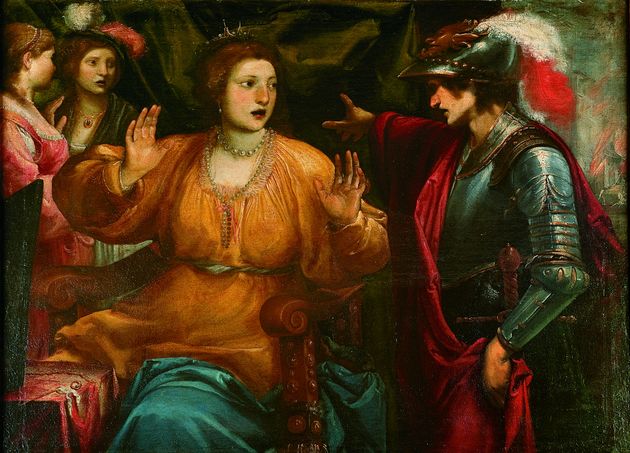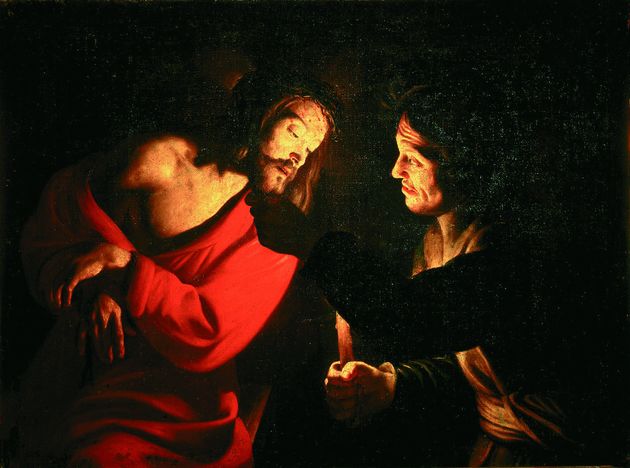Various works displayed in the museum come from the Augustinian monastery of San Matteo which stands between Via Convenevole and Via della Stufa and was dissolved in 1786. There are the polyptych by Pietro di Miniato, and the two large 18th-century canvases painted in 1726 by Ferretti and Betti. The latter, who trained with Puglieschi and above all with Bonechi, painted, signed and dated St. Nicholas of Tolentino Reviving the Partridges, which illustrates an old tradition. The saint practiced the strictest abstinence from meat as a form of penitence, but after a long illness his superiors ordered him to eat some out of obedience to them, and prepared some delicate meat for him: two roast partridges. Nicholas, who did not want to eat them but did not want to disobey either, traced the sign of the cross on his plate; the partridges revived and flew away. This subject was very popular in 17th and 18th-century painting, and another version of the St. Nicholas of Tolentino Reviving the Partridges exists in the same room of the museum, painted by Mario Balassi. In this first known work by the young Sigismondo Betti we can see the influences of Bonechi in the rapid, patchy paint application and the luminist effects with their rich contrasts and warm, bright colour scheme: There are also reminders of Puglieschi in the balanced composition; this is however rendered more dynamic by the interplay of light which creates a spiralling movement up to the apparition of the Virgin Mary.






























